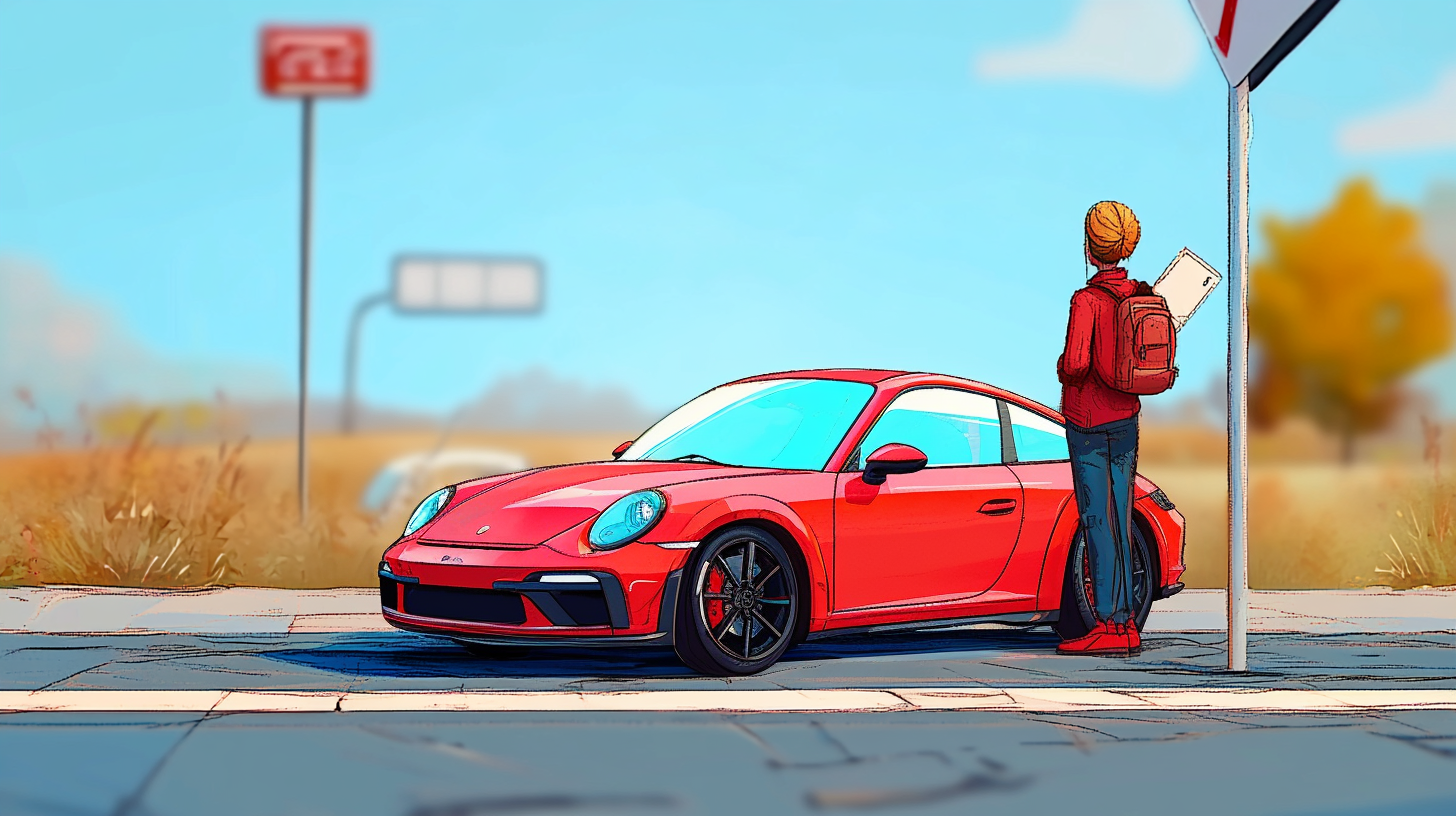
Passing the G1 written test is the first step in Ontario’s graduated licensing system. It is followed by practice, during which student drivers gain experience behind the wheel under the supervision of a licensed driver.
There is a minimum waiting period of 12 months before taking the G1 exit test. Students may reduce this time by four months after completing a certified driver education course from a government-approved driving school.
Once you pass the G1 exit test, you can obtain a G2 licence. Once you reach this level, you may drive unsupervised but subject to several restrictions and responsibilities, which differ slightly from those of a G1 licence.
This rule applies to both G1 and G2 licences (and to all drivers under 19 years of age) and forbids holders of these licences from operating a vehicle under the influence. You are not allowed to get behind the wheel if you’ve had a drink or two, as it is mandatory to maintain a zero blood alcohol level while driving.
If an officer suspects you of driving while impaired by alcohol, you will face an immediate 24-hour licence suspension. If convicted, you will be fined and your licence will be suspended for an additional 30 days for a first offence. For subsequent offences, the penalties become more severe.
Being aware of penalties could make drivers think twice before breaking the rules. Even if you have already passed the G1 written exam, you can use the Fines, Limits and Demerit Points practice test to refresh your knowledge.
A special restriction applies to G2 drivers who are 19 or younger. During the first six months of having your G2 licence, you can only carry one passenger aged 19 or under between midnight and 5 a.m. After six months or once you turn 20 or obtain a full G licence, you can carry up to three passengers aged 19 or younger during those hours.
This rule was implemented to improve road safety, particularly during late-night hours when the risk of accidents is higher. It encourages safe driving among young drivers, who are statistically more likely to make mistakes behind the wheel.
However, this restriction does not apply in either of the following situations:
Every passenger must wear a seatbelt or suitable child restraint, and it is your responsibility to ensure everyone has access to one. You can’t carry more passengers than there are seatbelts in your car since doing so would put their safety at risk. Seatbelts are one of the most effective safety features in vehicles because they keep passengers securely in place during a collision.
They save thousands of lives each year. No matter how confident you are in your driving skills, safety comes first, and Canada’s one person, one seatbelt law enforces this rule for everyone.
G1 licence holders can only practise driving under the supervision of a fully licensed driver in the car. They must have at least four years of experience and be seated in the front passenger seat. This rule is helpful for beginner drivers who might get overwhelmed behind the wheel. If that happens, a supervisor can take over when something goes wrong.
Those with a G2 licence have at least eight months of driving experience. They have also passed the G1 exit test, which evaluates their ability to operate a vehicle safely. Once you get a G2 licence, you can drive without a fully licensed driver in the car. While it gives you more freedom to operate a vehicle whenever you want, you must always drive responsibly and follow the restrictions.
If something goes wrong, there won’t be an experienced driver to take control. You must be confident in your ability to handle any potential challenges on the road. That’s why this isn’t a mandatory rule, and you can still choose to drive under an expert’s supervision even after obtaining your G2 licence.
Another change finally allows you to drive on highways and expressways. You can go on road trips with your friends without having to adjust the GPS to avoid off-limit roads for G1 licence holders.
Once you’ve had the G2 licence for 12 months, you can take the G2 exit test. This driving exam evaluates your driving skills in highway driving. While you hold a G2 licence, practising as often as possible is recommended. Once you pass this test, you will be eligible for a full G licence.